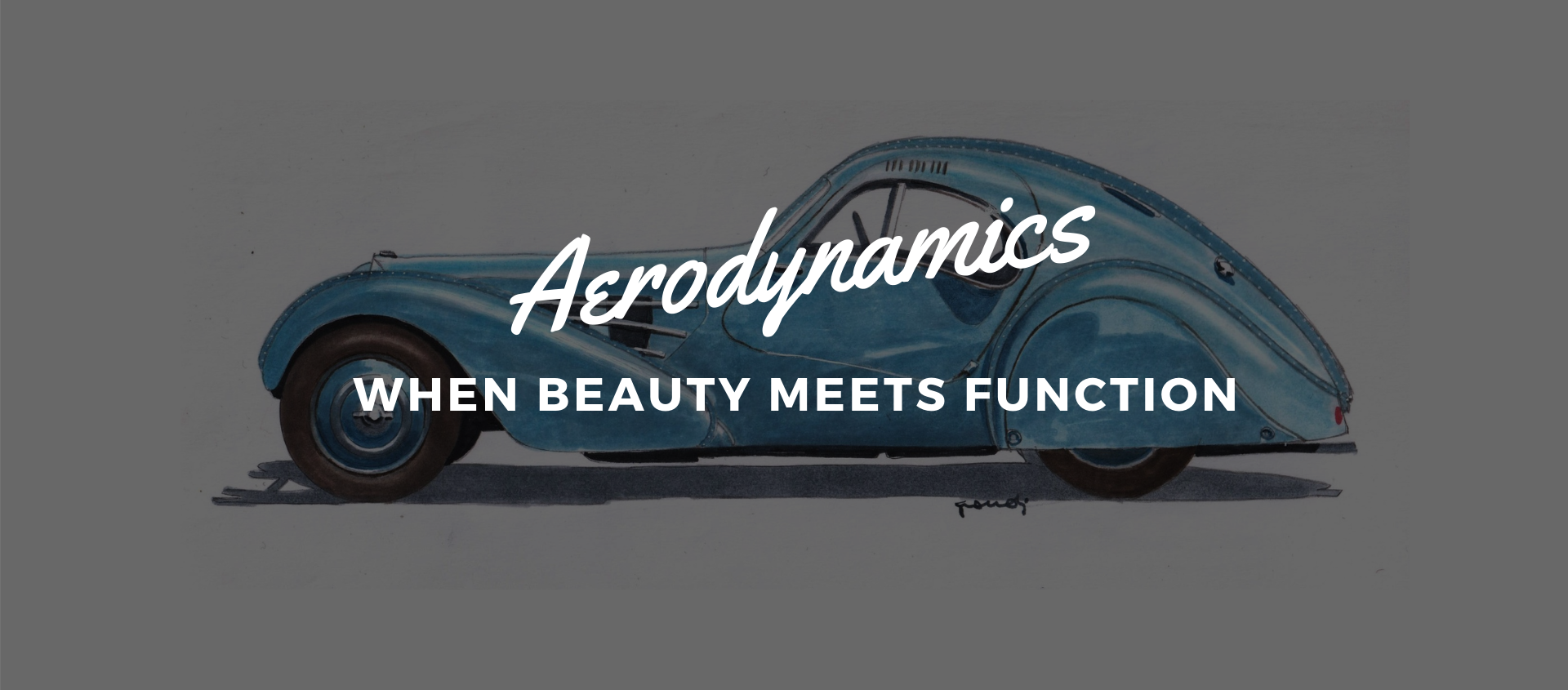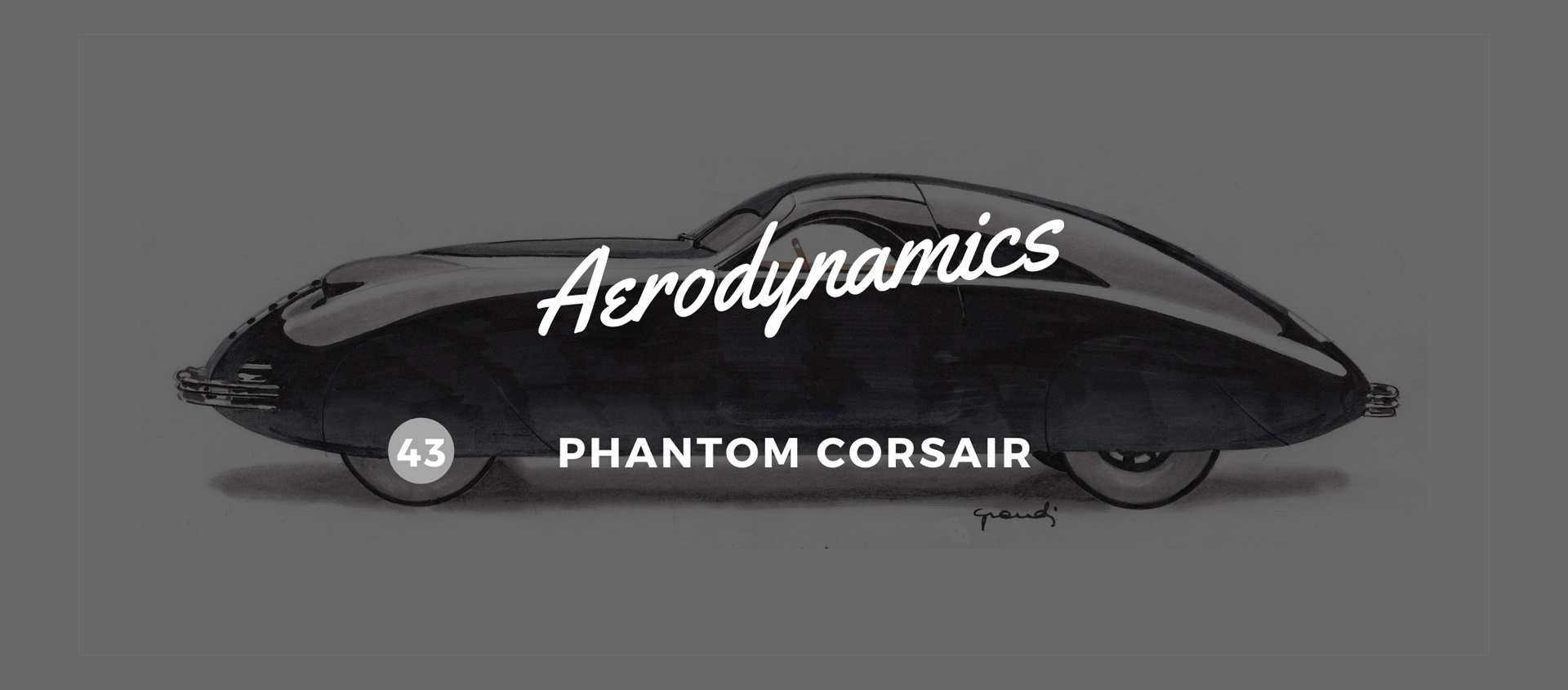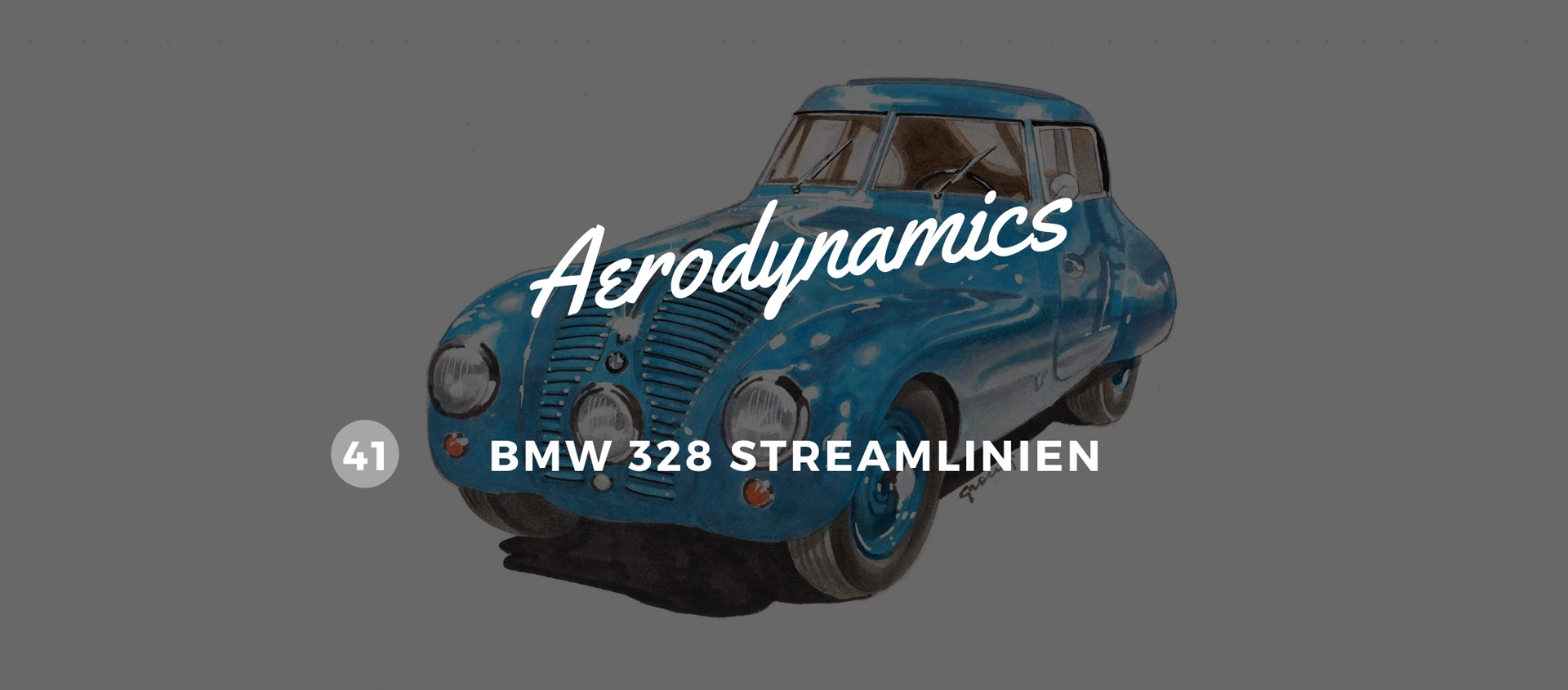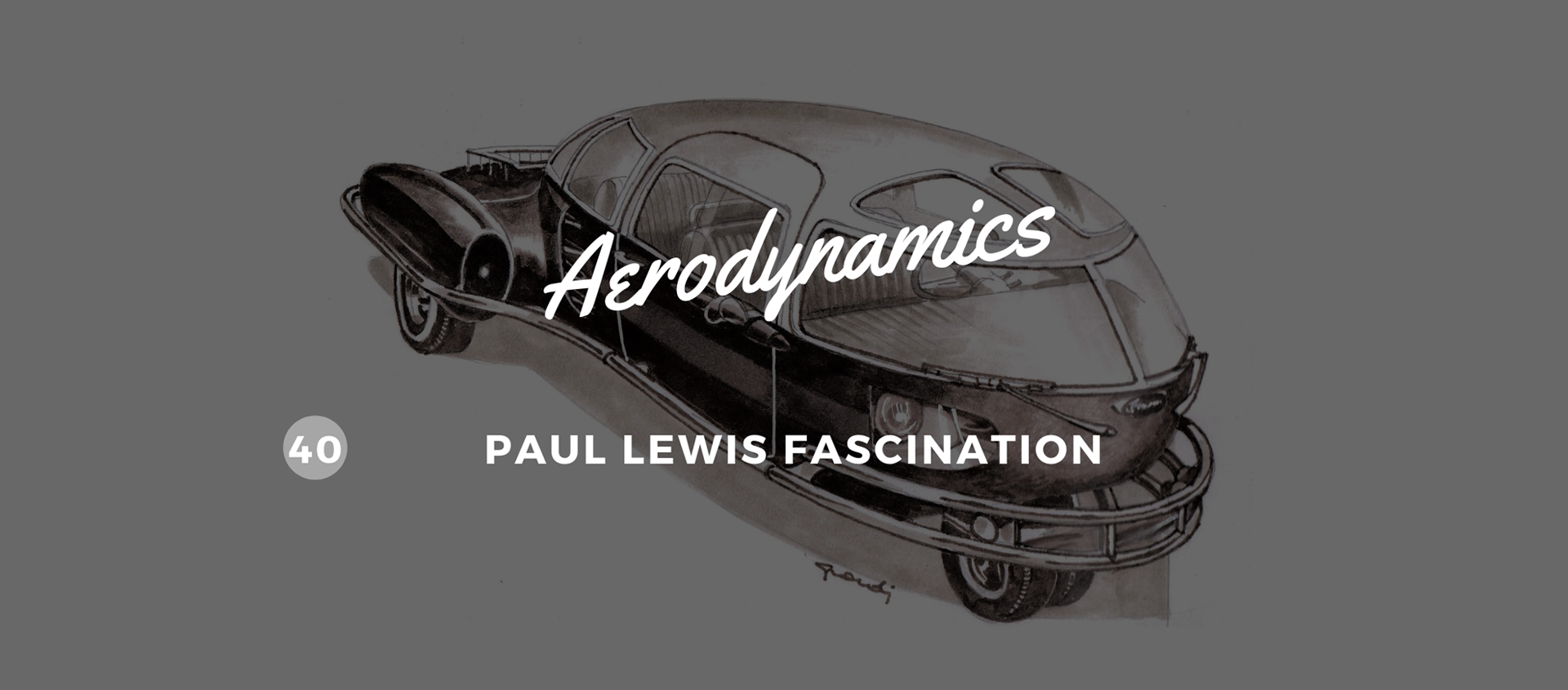When beauty meets function
28 December 2020 7 min read 10 images

The leap from function to aesthetics for car designers was not an easy one. On the one hand, between the 1920s and 1930s, after Jaray had introduced the rules of dynamic efficiency, the public was not yet ready to completely abandon the square vehicles of the time, which were still essentially close relatives of horse-drawn carriages, in favour of cars with flowing, functional lines. In the story described by Massimo Grandi there have been many cases of functional cars that were simply too difficult to sell.
Register to unlock this article
Signing up is free and gives you access to hundreds of articles and additional benefits. See what’s included in your free membership. See what's included in your free membership.
Already have an account? Log In


